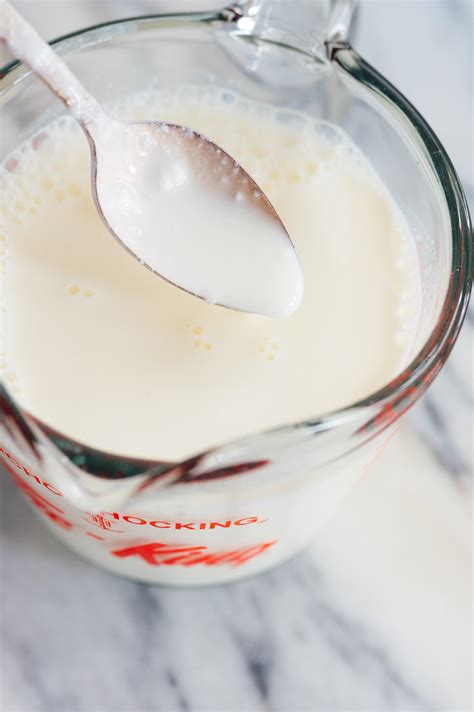How to Make Buttermilk From Milk: A Quick and Easy Guide
Buttermilk, with its tangy flavor and creamy texture, is a beloved ingredient in baking and cooking. But did you know you can easily make your own buttermilk at home, without a trip to the store? This guide will show you how to make buttermilk from milk, saving you money and providing a fresh, delicious ingredient whenever you need it.
Why Make Your Own Buttermilk?
Store-bought buttermilk is convenient, but making your own offers several advantages:
- Freshness: Homemade buttermilk is always fresh, guaranteeing the best flavor and texture in your recipes.
- Cost Savings: Making your own buttermilk is significantly cheaper than buying it pre-made.
- Control: You control the ingredients, ensuring no unwanted additives are present.
- Convenience: The process is incredibly simple and takes only minutes.
Two Easy Methods for Making Buttermilk
There are two primary methods for transforming regular milk into tangy buttermilk: using lemon juice or white vinegar, and using cultured buttermilk. Let's explore both:
Method 1: Using Lemon Juice or White Vinegar
This is the quickest and easiest method. The acid in the lemon juice or vinegar curdles the milk, mimicking the effect of the bacterial cultures in traditional buttermilk.
Ingredients:
- 1 cup milk (whole milk works best, but you can use 2% or skim)
- 1 tablespoon lemon juice OR white vinegar
Instructions:
- Combine: In a measuring cup or bowl, combine the milk and lemon juice (or vinegar).
- Stir: Gently stir the mixture to ensure the acid is evenly distributed.
- Rest: Let the mixture sit at room temperature for 5-10 minutes. You'll notice the milk beginning to thicken and curdle. The longer it sits, the tangier it will become.
Important Note: Don't use too much acid, as this can result in a sour, unpleasant taste. One tablespoon is sufficient for one cup of milk.
Method 2: Using Cultured Buttermilk (for a More Authentic Flavor)
This method requires a little more time but produces buttermilk that more closely resembles the traditional cultured variety. While you'll need a starter, the process is still relatively simple. You can find powdered buttermilk starter online or in some stores.
Ingredients:
- 1 cup milk
- 1 tablespoon cultured buttermilk starter (powdered or liquid)
Instructions:
- Combine: In a clean jar or container, combine the milk and buttermilk starter.
- Stir: Stir gently to mix the ingredients thoroughly.
- Incubate: Cover the container and let it sit at room temperature (around 70-75°F) for 12-24 hours, or until it thickens and develops a tangy flavor. A warmer temperature will speed up the process.
- Refrigerate: Once thickened, refrigerate the buttermilk to slow down the culturing process. It will continue to develop flavor in the refrigerator.
Using Your Homemade Buttermilk
Once you've made your buttermilk, it's ready to use! Substitute it in any recipe calling for buttermilk. Remember that the lemon juice/vinegar method will yield a slightly thinner buttermilk, while the cultured method will provide a creamier, more authentic texture.
Tips for Success
- Milk type: Whole milk produces the creamiest buttermilk. Skim milk will work, but the result will be thinner.
- Storage: Store your homemade buttermilk in the refrigerator. It will keep for about 5-7 days.
- Experiment: Don't be afraid to experiment with different types of milk and adjust the amount of acid to find your perfect buttermilk consistency and flavor.
Making your own buttermilk is a rewarding and simple process. Give it a try and enjoy the fresh, tangy flavor in all your favorite recipes!
